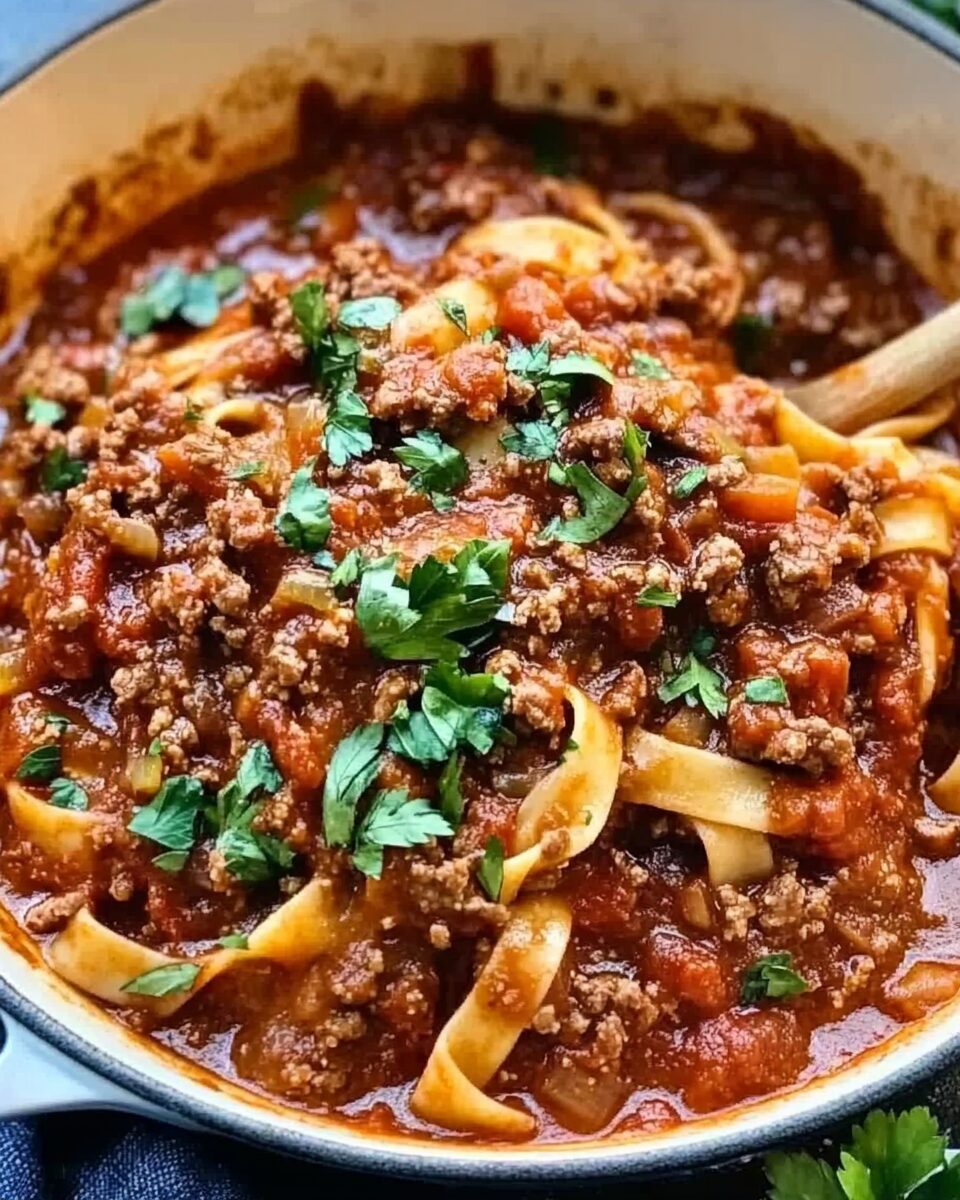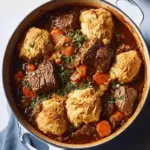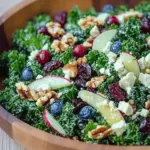The Heritage of Ragu in Italian Cuisine
The origins of Ragu can be traced back to the heart of Italy, where regional variations define this iconic sauce. Unlike its cousin Bolognese, which originates specifically from Bologna and includes milk or cream to soften the acidity of tomatoes, Ragu is more broadly representative of southern and central Italian cooking. It’s bold, robust, and showcases the layered flavors of slow-cooked meats and aromatics.
This recipe captures that spirit by using both ground beef chuck and Italian sausage for a more textured and flavorful base. The sausage adds a subtle spice and depth that balances beautifully with the richness of the beef. Combined with the classic mirepoix—onion, carrot, and celery—this sauce becomes the kind of meal that speaks to tradition while being accessible for modern home cooks.
Slow-Simmered Flavor with Simple Ingredients
What makes this Ragu exceptional isn’t just the ingredients but how they come together. The foundation starts with a generous sear on the meats to build umami-rich flavor. Then, the mirepoix is slowly sautéed until it softens and sweetens, creating the aromatic heart of the sauce. Tomato paste adds concentrated richness, while crushed tomatoes—preferably San Marzano for their sweetness and low acidity—bring body and brightness.
The seasoning is layered and purposeful. Dried herbs like oregano, thyme, basil, and rosemary create a balanced bouquet of earthiness. Worcestershire sauce and beef bouillon deepen the meatiness, while a touch of sugar and balsamic vinegar can be added at the end to round out any sharp acidity. Red wine introduces depth and a touch of sweetness, enhancing the savory notes without overpowering the dish.
This kind of slow-simmered magic takes time, but it rewards patience with a sauce that tastes like it’s been cooking all day—even if you’re only watching the clock for a few hours.
Perfect Pasta Pairings for Maximum Impact
While any pasta can technically be paired with Ragu, some are simply better suited to the richness and texture of this hearty sauce. Wide, flat noodles like pappardelle, tagliatelle, and fettuccine are the ideal companions. Their surface area and slight chewiness help them hold onto the thick, meaty sauce, allowing each bite to be fully coated in flavor.
For a more rustic presentation, fresh homemade egg pasta elevates the experience even further. If you’re using dried pasta, consider finishing it in the sauce with a bit of reserved pasta water. This small trick emulsifies the sauce and helps it cling perfectly to the noodles, creating a restaurant-quality dish at home.
This Ragu is also excellent over creamy polenta or as the base for baked pasta casseroles, making it a versatile addition to any cook’s repertoire.
Make-Ahead Friendly and Perfect for Leftovers
One of the great advantages of Ragu is that it tastes even better the next day. As the sauce rests in the refrigerator, the flavors continue to meld and intensify. This makes it a fantastic option for meal prep, entertaining, or saving for a busy weeknight. Simply refrigerate the sauce in a sealed container for up to five days or freeze it for up to three months.
To reheat, allow the sauce to thaw in the fridge overnight and warm gently on the stovetop. Add a splash of broth or reserved pasta water to loosen it if needed. This make-ahead capability makes it not only delicious but also practical for families and busy home cooks.
A Nutrient-Rich Comfort Dish
Although rich and indulgent in flavor, this Ragu offers nutritional benefits as well. The combination of meat and vegetables ensures a balance of protein, fiber, and vitamins. Each serving of the sauce contains 17 grams of protein, making it a satisfying meal that fuels your body.
The mirepoix contributes to the fiber and micronutrient content, while tomatoes provide a solid dose of potassium and vitamin C. The use of olive oil and lean beef chuck helps manage fat content, and adjustments can be made to suit dietary needs—like using turkey sausage or low-sodium broth.
Serve with a side of leafy greens or roasted vegetables, and this comforting bowl of pasta becomes a well-rounded and nourishing meal.
Tips for the Perfect Ragu Every Time
Cooking Ragu is as much an art as a science, and a few thoughtful techniques can elevate your results. Always begin by browning the meat thoroughly—this step is crucial for developing the sauce’s rich base. Avoid overcrowding the pan to ensure proper searing rather than steaming.
Simmer the sauce low and slow, covered to retain moisture, and stir occasionally to prevent sticking. As it cooks, taste and adjust the seasoning as needed. Some tomatoes are naturally sweeter or more acidic than others, so feel free to balance them with sugar, balsamic vinegar, or even a pinch of salt.
Don’t skip the finishing touches—grating fresh Parmesan cheese over each serving adds a nutty, salty layer that complements the sauce perfectly. A sprinkle of chopped fresh parsley provides a fresh counterpoint to the deep, meaty flavors.
Why This Ragu Recipe Deserves a Place in Your Kitchen
This classic Ragu is more than just another pasta sauce—it’s a culinary journey into the heart of Italian tradition. It combines high-quality ingredients, slow-cooked comfort, and robust flavors into a dish that’s both timeless and crowd-pleasing. Unlike many modern recipes that prioritize speed over depth, this Ragu encourages taking your time, enjoying the process, and savoring the result.
It’s also a recipe you can personalize. Add mushrooms for earthiness, increase the heat with chili flakes, or use white wine for a lighter touch. Once you’ve mastered the base, the possibilities for variation are endless, and the sauce becomes a canvas for your own creativity.
Conclusion
This authentic Ragu sauce is a testament to the power of patience, simplicity, and quality ingredients. It brings together the essence of Italian comfort food with a slow-simmered richness that’s hard to match. Whether served over wide noodles, creamy polenta, or tucked into a lasagna, this sauce is the kind of meal that invites you to sit down, savor, and share.
More than just a recipe, it’s a tradition—one that fills your home with irresistible aromas and your table with satisfied smiles. Once you’ve tasted this deeply savory, perfectly balanced Ragu, you’ll find yourself returning to it time and time again. It’s a dish worth mastering and a comfort food classic that will never go out of style.






